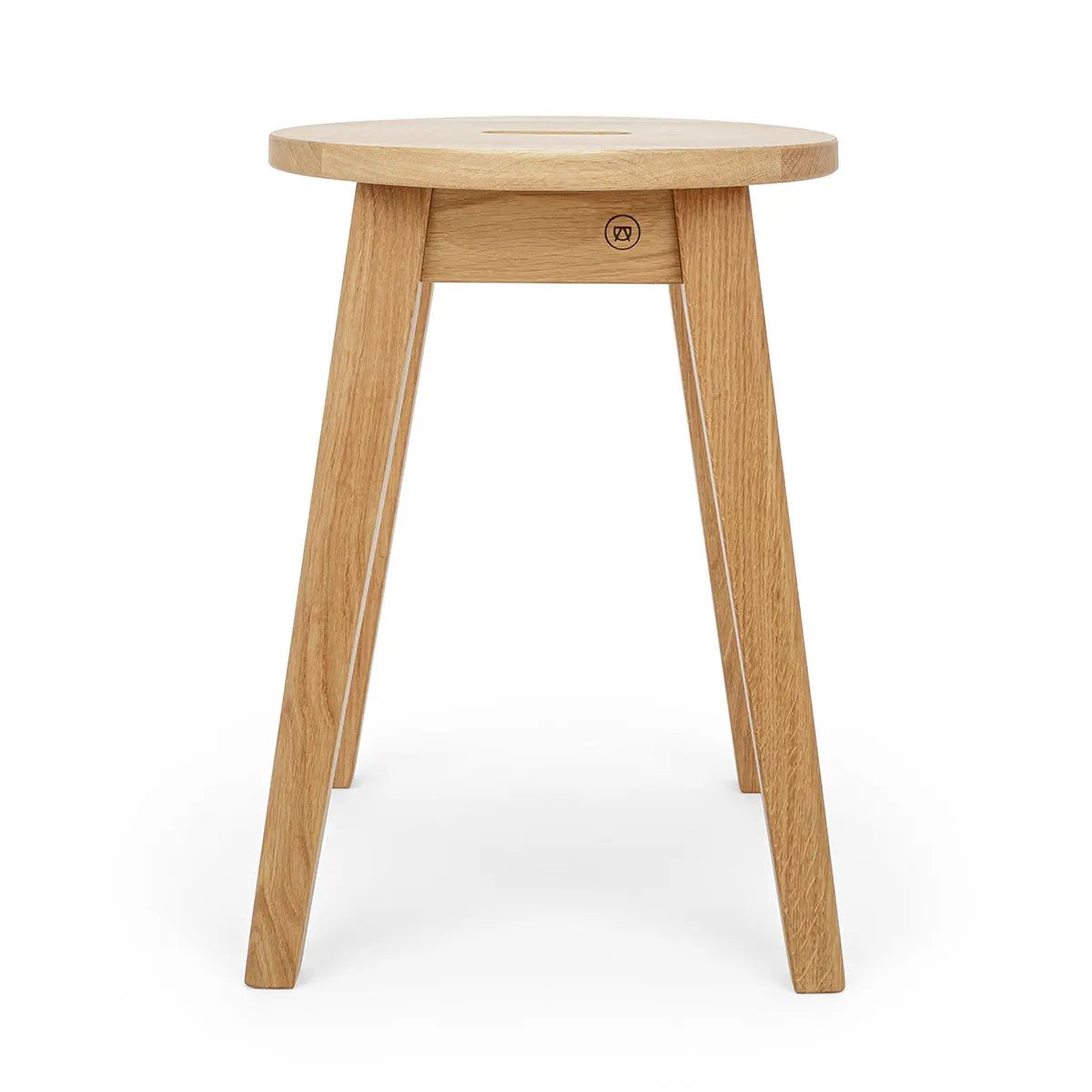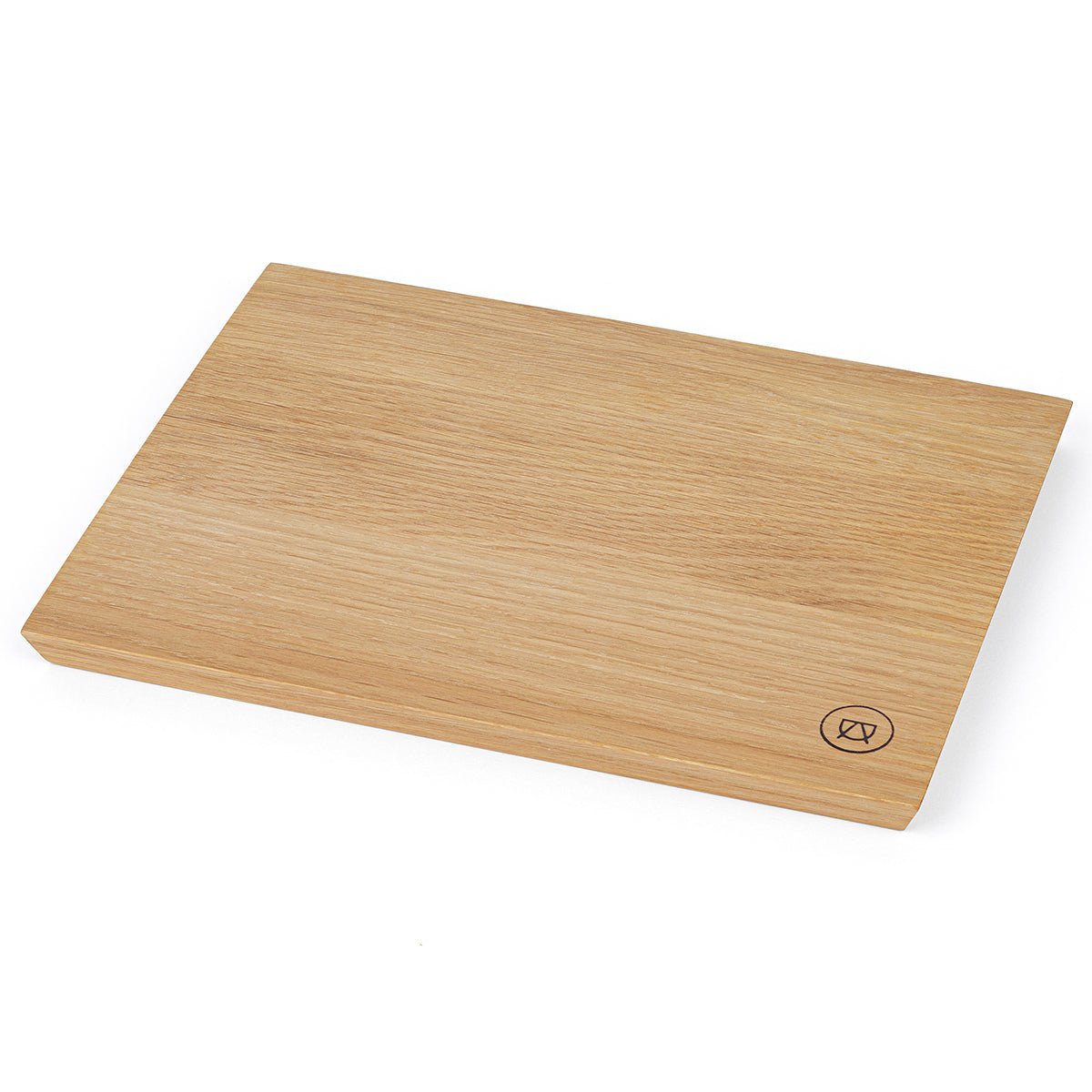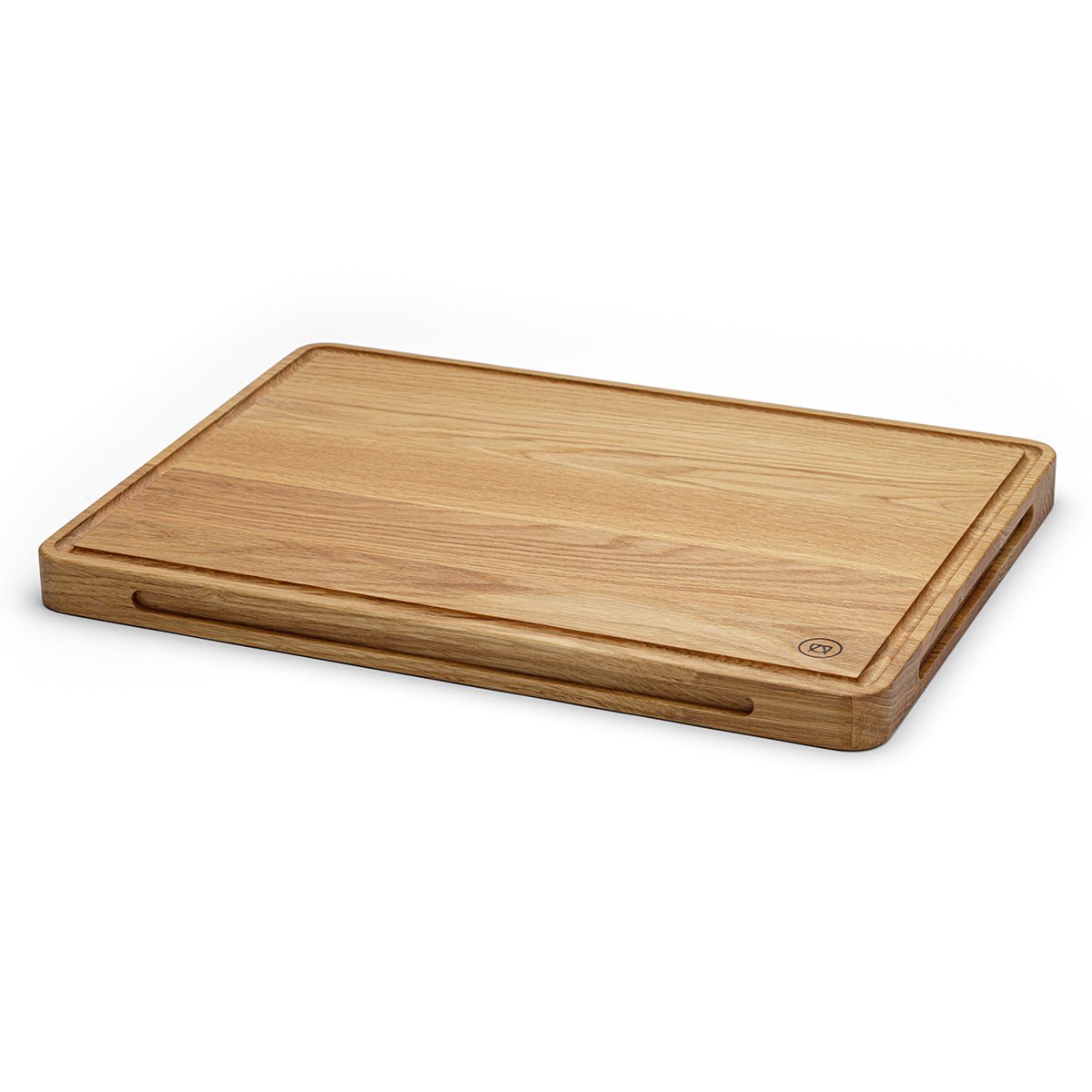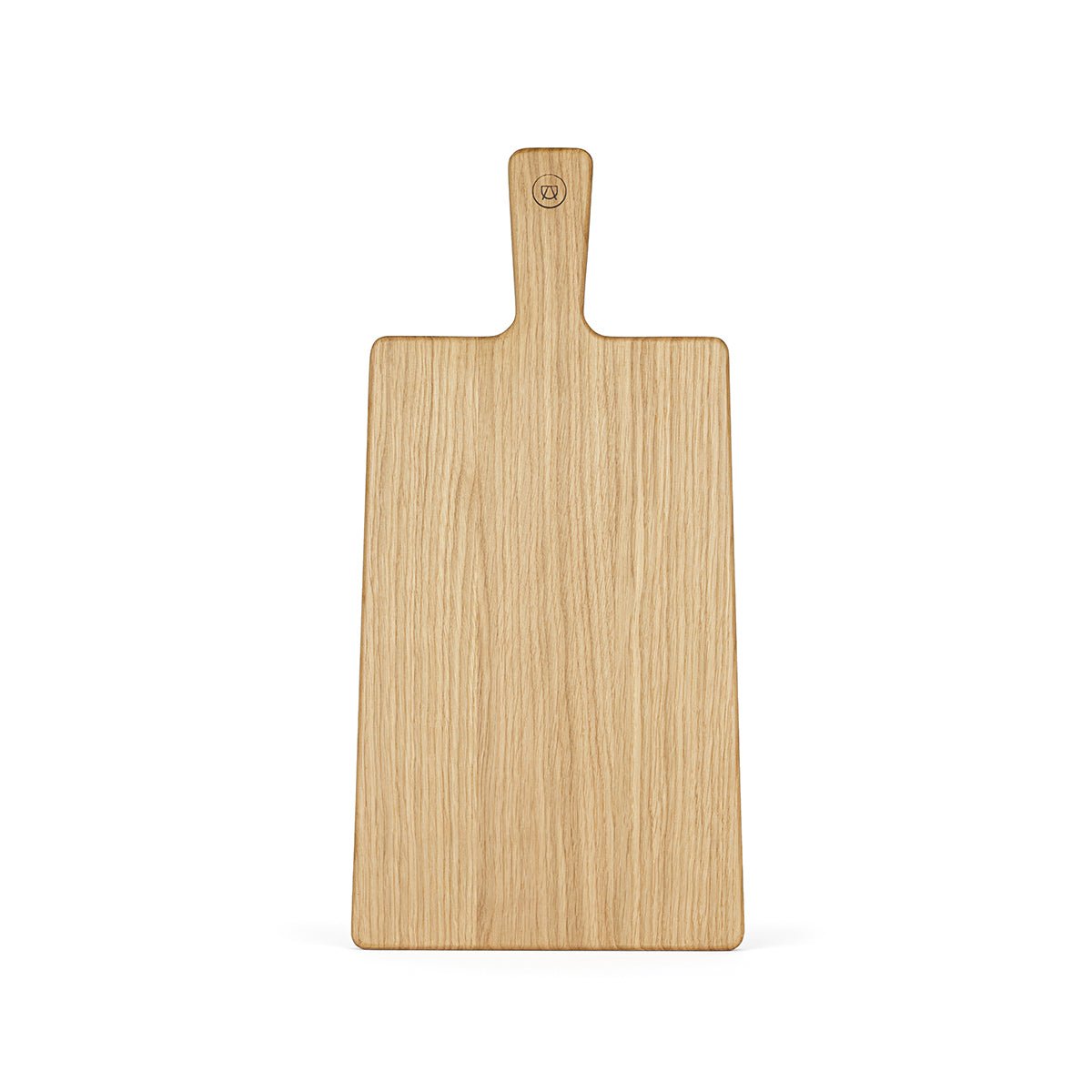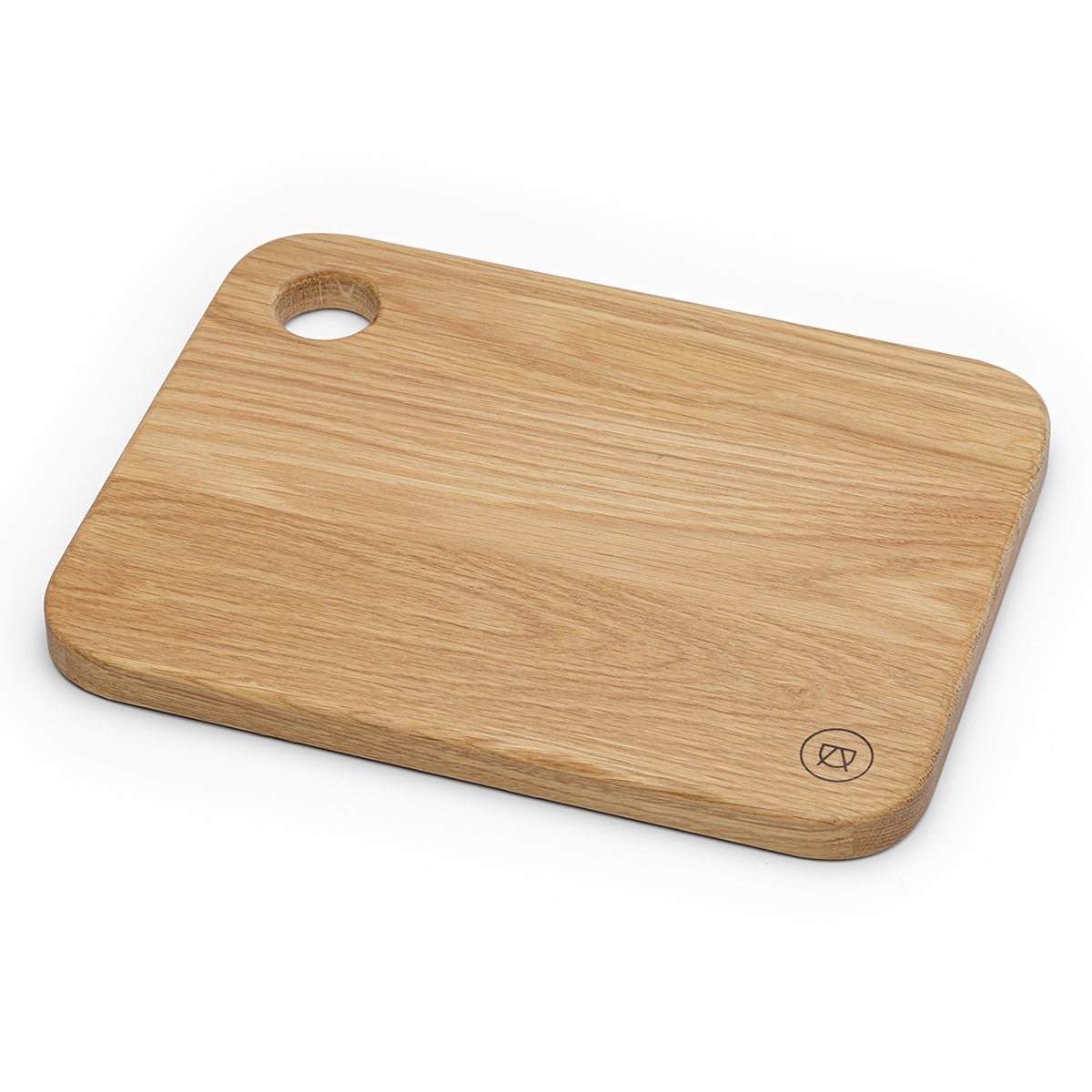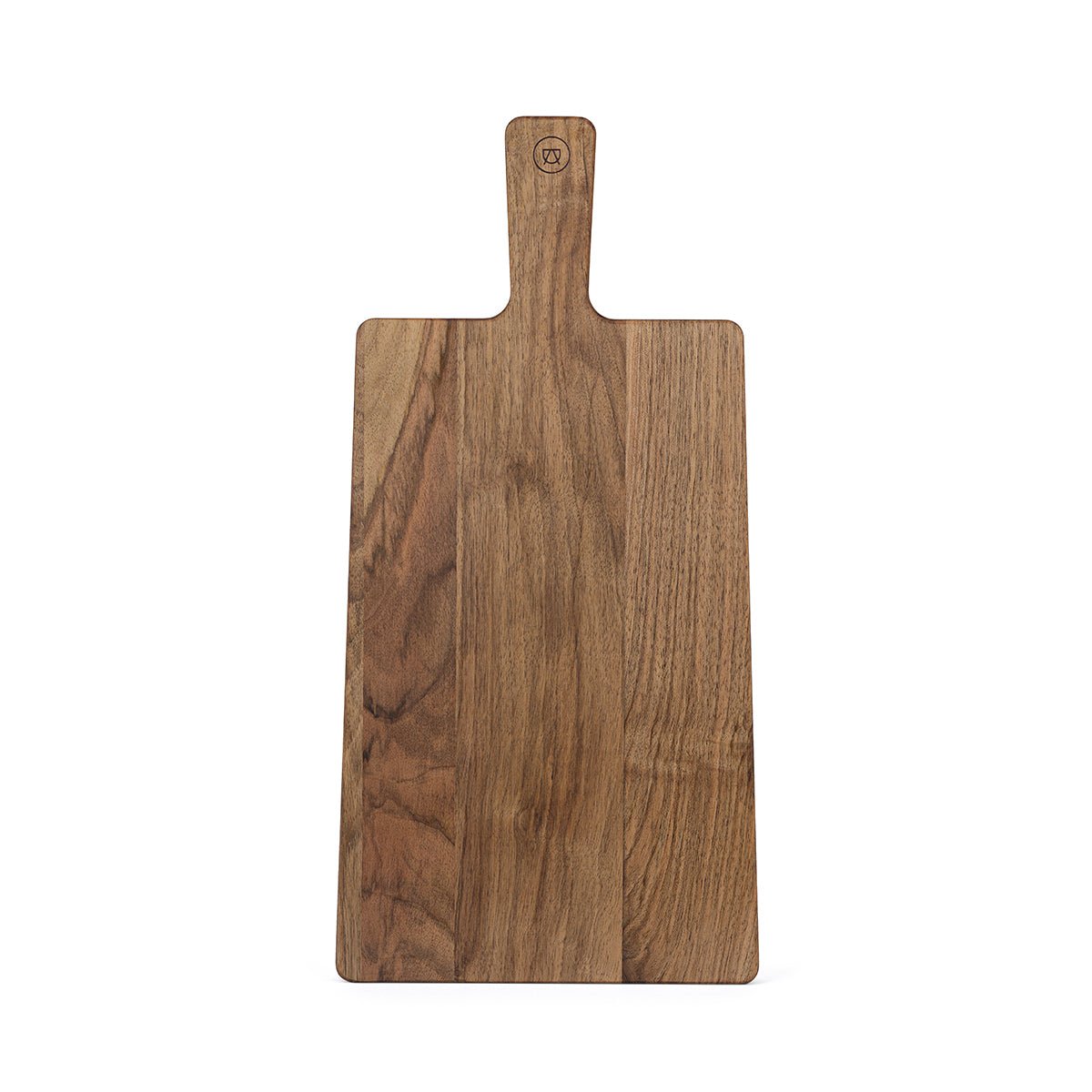- Startseite
- Blogs
- hardwood
- Dabema furniture: sustainability, care and advantages and disadvantages
Dabema furniture: sustainability, care and advantages and disadvantages
Color and Appearance : Fresh Dabema wood has a pale pink to reddish brown color that changes to a medium to dark brown over time. The wood often has a fine, even texture and can have a straight or slightly wavy grain.
Durability : Dabema is a moderately durable wood, meaning it can be vulnerable to termite attacks. However, it is known to be resistant to some other wood-eating insects.
Workability : Dabema is generally easy to work, both by hand and with machines. However, it has a tendency to crack when planing, so caution is advised. The wood also absorbs adhesives, screws and nails well.
Usage : Due to its properties and availability, Dabema wood is used for various applications. It is commonly used for furniture, interior trim, joinery, doors and flooring. It is also sometimes used for shipbuilding and plywood.
Sustainability : As with many tropical woods, there is concern that uncontrolled mining of dabema could harm local ecosystems. Therefore, it is important that buyers ensure that their Dabema wood comes from sustainably managed sources, such as those certified with an FSC (Forest Stewardship Council) seal.
In conclusion, Dabema is an attractive and useful wood that is used in many woodworking applications. However, it is critical that its extraction occurs in a sustainable manner to ensure the long-term health and diversity of forests in West and Central Africa.
HÄUFIG GESTELLTE FRAGEN
WEITERE ARTIKEL
Service
Seek
Contact
Terms of Service
Dictionary
Types of wood
Housing guide
Imprint
data protection
Right of withdrawal
Delivery Terms
Conditions
About Us
Press
Our Philosophy
Store in Munich
Einzelhandel
Dropshipping
OEM
Affiliates
Marketingkooperationen
Contact us
About Us
Craftsmanship and design combine in our factory. Our wooden products, from furniture to accessories, stand for quality and tradition. Customers receive aesthetically pleasing pieces that promise durability and value. Every product is a testament to our dedication.

